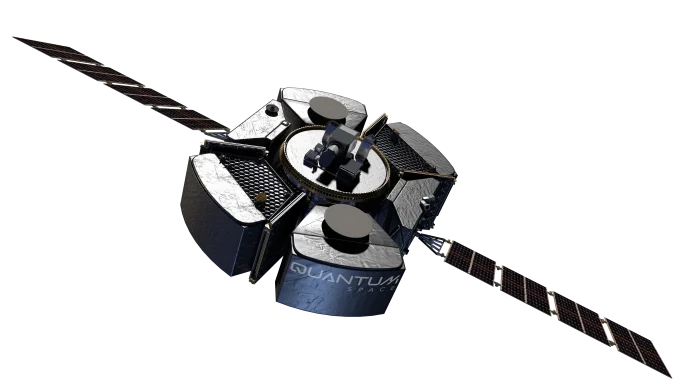
NASA has awarded contracts to six U.S. aerospace companies to conduct studies focused on cost-effective ways to deliver spacecraft to complex orbits
These studies will expand access to a range of orbits that are currently difficult to reach using existing launch services. By awarding these contracts, NASA is trying to enhance its science capabilities while reducing overall mission costs.
The firm-fixed-price awards cover nine individual studies with a total value of approximately $1.4 million. The contracts were issued under NASA’s Venture-Class Acquisition of Dedicated and Rideshare (VADR) Launch Services contract, which is designed to encourage innovation and growth within the U.S. commercial launch sector.
Exploring new delivery technologies
Each of the six companies selected by NASA will investigate future applications of orbital transfer vehicles (OTVs), spacecraft capable of transporting payloads from one orbit to another after launch.
These vehicles could play an essential part in enabling multi-orbit delivery, reducing the need for multiple rocket launches, and supporting complex missions to destinations like geostationary orbit, the Moon, and even Mars.
The studies are expected to be completed by mid-September and will inform NASA’s future mission planning and commercial acquisition strategies, particularly for missions carrying risk-tolerant payloads. Over time, the findings could support expanded services for larger and more sensitive payloads.
Who is participating?
- Arrow Science and Technology
- Based in Webster, Texas, is teaming up with Quantum Space. The study will focus on Quantum’s Ranger platform, a highly maneuverable, multi-mission spacecraft capable of delivering payloads to multiple destinations, including lunar orbit.
- Blue Origin
- Headquartered in Merritt Island, Florida, will produce two studies. The first centers on the company’s Blue Ring platform, designed for deep space missions and equipped with hybrid solar-electric and chemical propulsion. The second study will evaluate an upper stage for the New Glenn rocket, exploring its potential for complex delivery missions.
- Firefly Aerospace
- Located in Cedar Park, Texas, is examining its Elytra family of orbital vehicles. The Elytra Dark variant is designed to support long-duration operations in lunar orbit, with capabilities for payload delivery, imaging, communications, and space domain awareness.
- Impulse Space
- From Redondo Beach, California, will also contribute two studies. The company offers two OTV solutions: Mira, a manoeuvrable spacecraft for hosting and deploying payloads, and Helios, a high-energy kick stage for delivering payloads from low Earth orbit to higher orbits and beyond.
- Rocket Lab
- Based in Long Beach, California, will conduct studies involving its Neutron rocket’s upper stage and its long-life Explorer orbital transfer vehicle. These spacecraft are designed for flexible delivery to medium and high Earth orbits, as well as deep space targets such as the Moon and near-Earth asteroids.
- United Launch Services
- A subsidiary of United Launch Alliance in Centennial, Colorado, will explore the use of an extended-duration Centaur V upper stage. This study focuses on Centaur’s potential to deliver multiple spacecraft to different destinations in cislunar space without the need for additional stages or transfer vehicles.
As NASA prepares for more complex missions beyond Earth orbit, including those supporting Artemis and future science endeavours, these studies are an essential step. By using commercial capabilities, NASA hopes to reduce launch costs, improve flexibility, and expand access to previously unreachable destinations in space.
The initiative shows how NASA is continuously committed to advancing commercial partnerships and enabling innovative solutions that benefit both government and industry.










